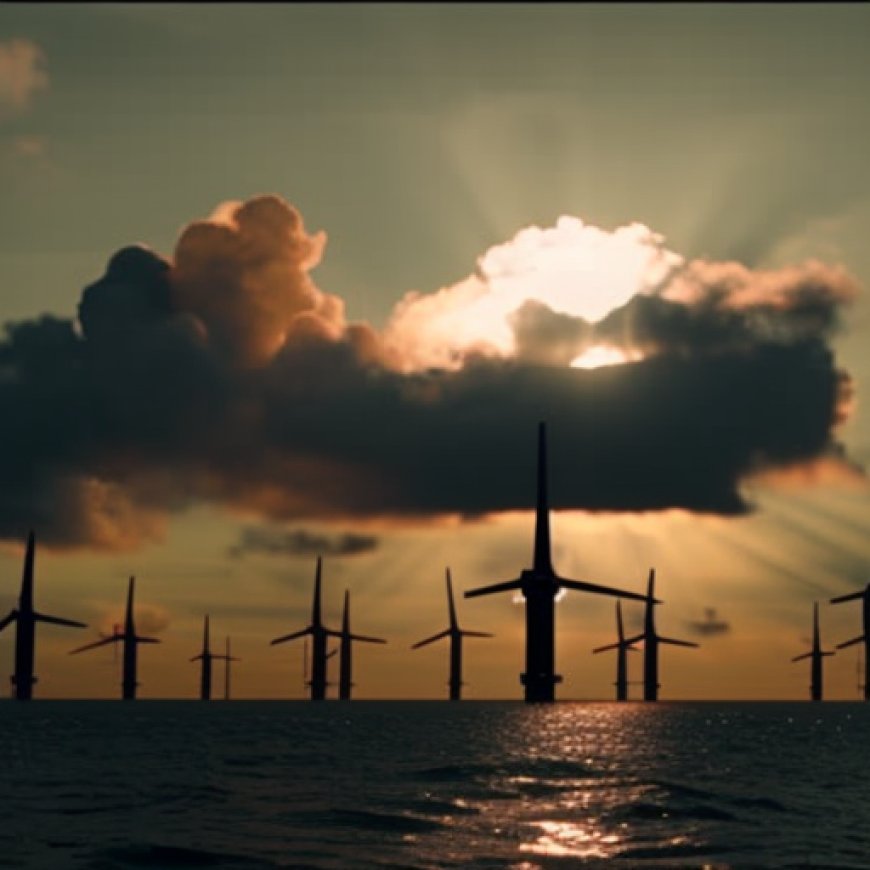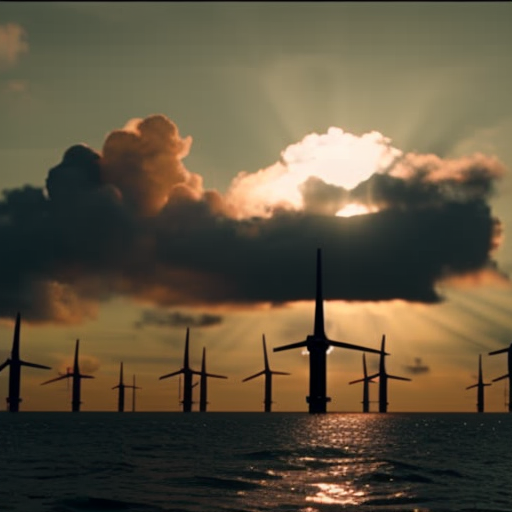Game Over? Even BP and TotalEnergies are Shelling out $14.7 Bn. for Right to Build Baltic Sea Wind Farms
Game Over? Even BP and TotalEnergies are Shelling out $14.7 Bn ... Informed Comment


Game Over? Even BP and TotalEnergies are Shelling out $14.7 Bn. for Right to Build Baltic Sea Wind Farms
By Sören Amelang | – ( Clean Energy Wire ) – Oil majors BP and TotalEnergies pledged to pay a combined 12.6 billion euros for the right to build wind farms in the North and Baltic seas in the world’s largest ever offshore wind auction. Environmentalists hailed the result as a ‘quantum leap’ for the technology, as it showed how cheap renewables had become. The surprisingly high entry fee – described as “obscene” by an industry source – in the first tender of this kind in Germany reflects strong industry demand for green power. But it also triggered concerns that.
Sustainable Development Goals (SDGs)
- Goal 7: Affordable and Clean Energy
- Goal 13: Climate Action
Oil majors BP and TotalEnergies have made a significant investment in renewable energy by pledging a combined 12.6 billion euros to build wind farms in the North and Baltic seas. This investment comes as a result of the world’s largest ever offshore wind auction, highlighting the increasing affordability of renewable energy sources. Environmentalists have praised this development as a ‘quantum leap’ for the technology, showcasing the potential for cheap renewables.
The high entry fee for this auction, which has been described as “obscene” by an industry source, reflects the strong demand for green power within the industry. However, there are concerns that this high cost may hinder the progress of renewable energy adoption.
By investing in wind farms, BP and TotalEnergies are contributing to the achievement of Sustainable Development Goals (SDGs) such as Goal 7: Affordable and Clean Energy and Goal 13: Climate Action. These goals aim to ensure access to affordable, reliable, sustainable, and modern energy for all, as well as take urgent action to combat climate change and its impacts.
SDGs, Targets, and Indicators
1. Which SDGs are addressed or connected to the issues highlighted in the article?
- SDG 7: Affordable and Clean Energy
- SDG 13: Climate Action
- SDG 17: Partnerships for the Goals
The article discusses the construction of wind farms in the North and Baltic seas, which contributes to the generation of affordable and clean energy (SDG 7). It also mentions the positive impact of renewable energy on addressing climate change (SDG 13). Additionally, the involvement of oil majors BP and TotalEnergies in the wind farm projects highlights the importance of partnerships between different stakeholders to achieve sustainable development goals (SDG 17).
2. What specific targets under those SDGs can be identified based on the article’s content?
- SDG 7.2: Increase substantially the share of renewable energy in the global energy mix.
- SDG 13.2: Integrate climate change measures into national policies, strategies, and planning.
- SDG 17.16: Enhance the global partnership for sustainable development, complemented by multi-stakeholder partnerships.
The construction of wind farms by BP and TotalEnergies contributes to increasing the share of renewable energy in the global energy mix (SDG 7.2). It also reflects the integration of climate change measures into national policies and strategies (SDG 13.2). The partnership between oil majors and the renewable energy sector demonstrates the enhancement of global partnerships for sustainable development (SDG 17.16).
3. Are there any indicators mentioned or implied in the article that can be used to measure progress towards the identified targets?
- Investment amount in wind farm projects
- Percentage increase in renewable energy capacity
- Integration of climate change measures in national policies
- Number of partnerships between oil majors and renewable energy sector
The article mentions that BP and TotalEnergies pledged to pay a combined 12.6 billion euros for the right to build wind farms, indicating a significant investment in renewable energy (indicator for SDG 7.2). The construction of wind farms also contributes to an increase in renewable energy capacity, although the specific percentage increase is not mentioned. The integration of climate change measures in national policies can be measured by assessing the extent to which renewable energy projects are included in these policies. The partnership between oil majors and the renewable energy sector serves as an indicator of progress towards SDG 17.16.
4. Table: SDGs, Targets, and Indicators
| SDGs | Targets | Indicators |
|---|---|---|
| SDG 7: Affordable and Clean Energy | Increase substantially the share of renewable energy in the global energy mix (7.2) | Investment amount in wind farm projects |
| SDG 13: Climate Action | Integrate climate change measures into national policies, strategies, and planning (13.2) | Integration of climate change measures in national policies |
| SDG 17: Partnerships for the Goals | Enhance the global partnership for sustainable development, complemented by multi-stakeholder partnerships (17.16) | Number of partnerships between oil majors and renewable energy sector |
Behold! This splendid article springs forth from the wellspring of knowledge, shaped by a wondrous proprietary AI technology that delved into a vast ocean of data, illuminating the path towards the Sustainable Development Goals. Remember that all rights are reserved by SDG Investors LLC, empowering us to champion progress together.
Source: juancole.com

Join us, as fellow seekers of change, on a transformative journey at https://sdgtalks.ai/welcome, where you can become a member and actively contribute to shaping a brighter future.







